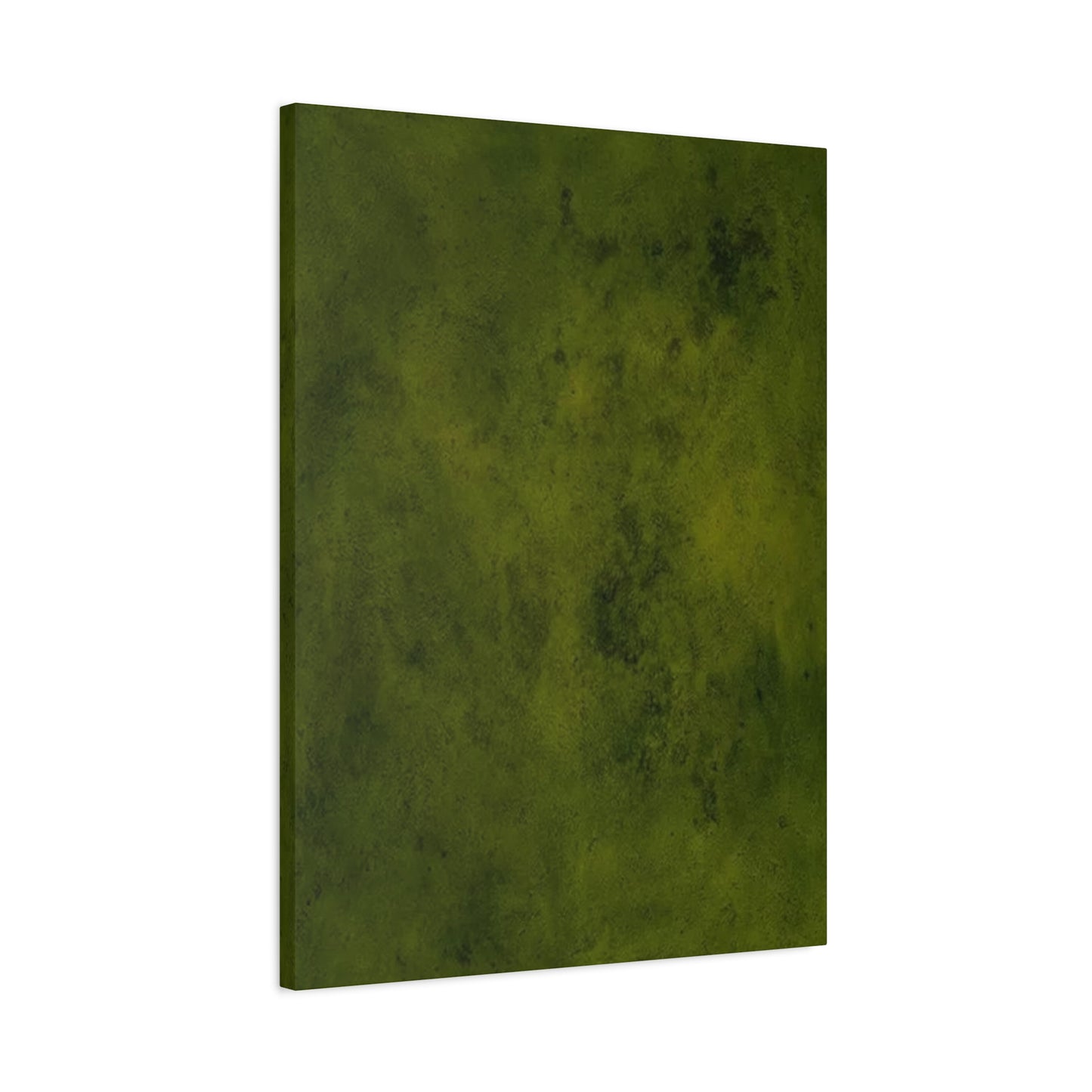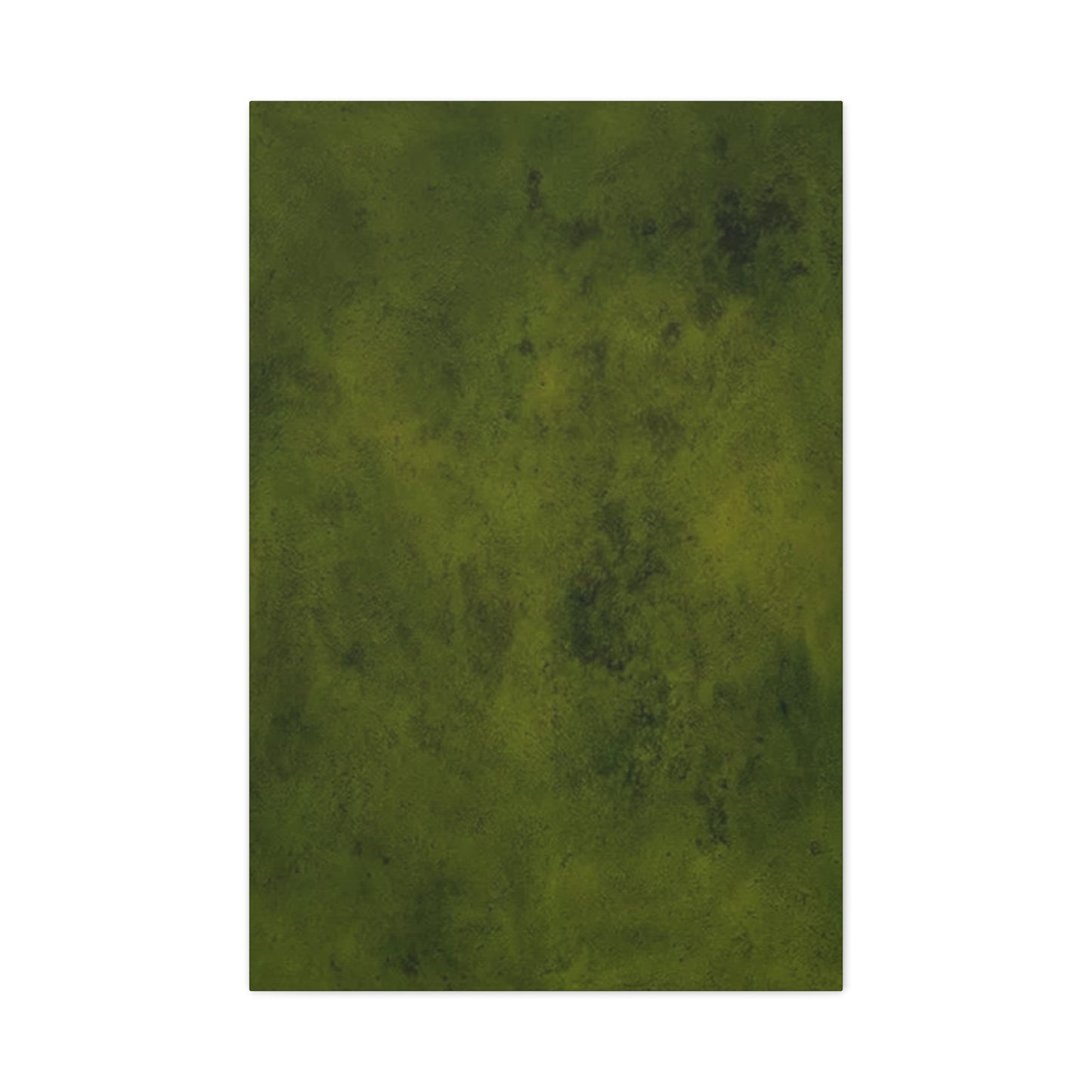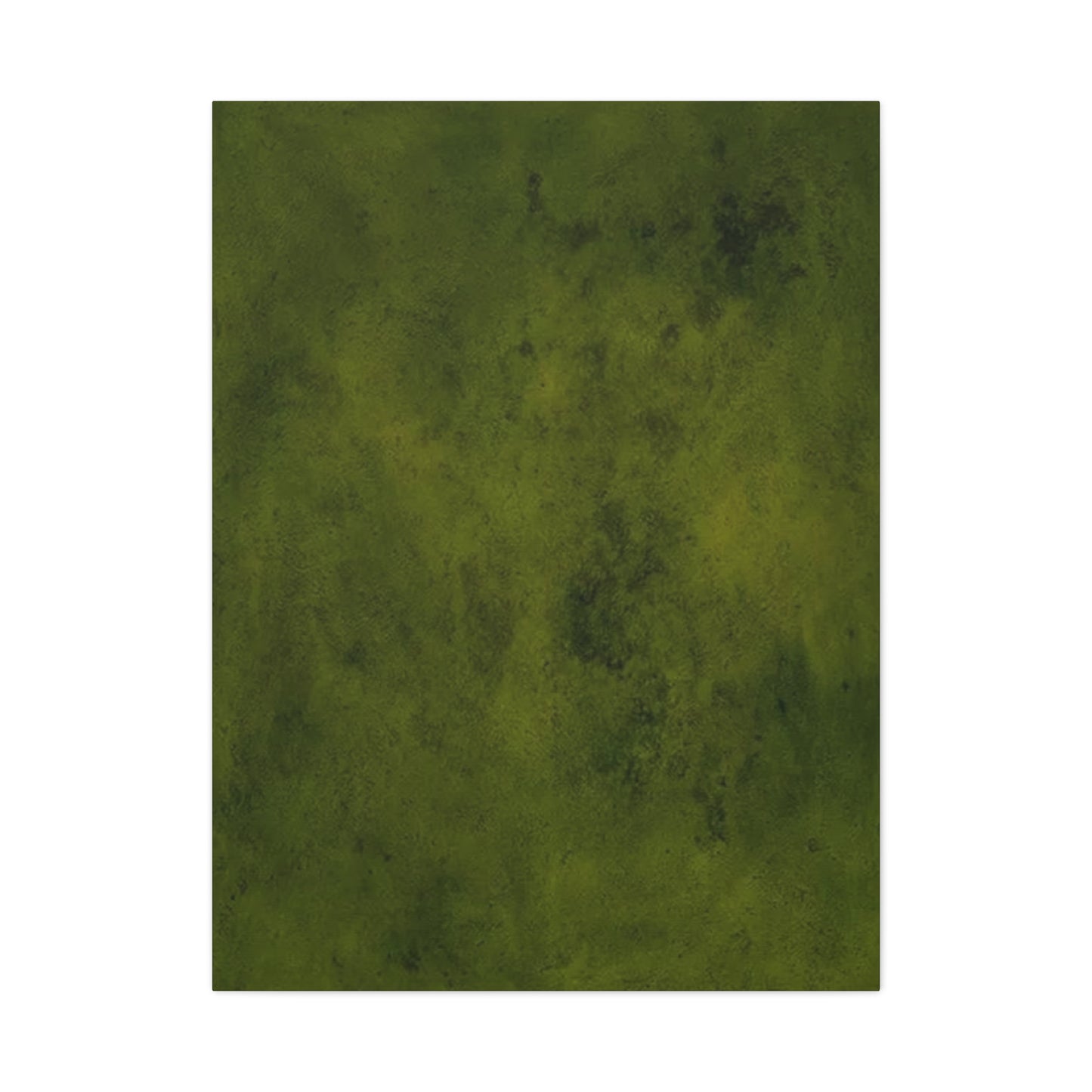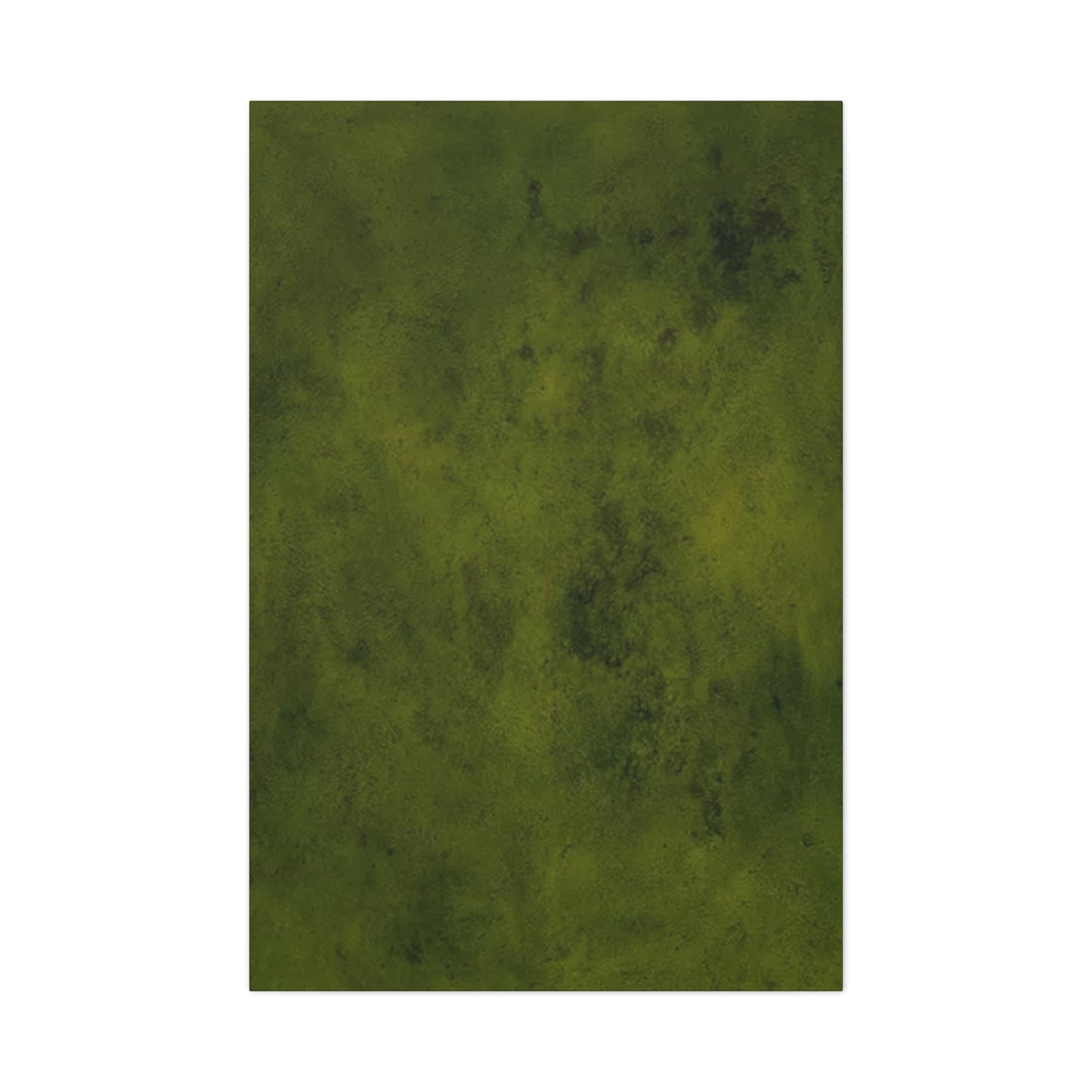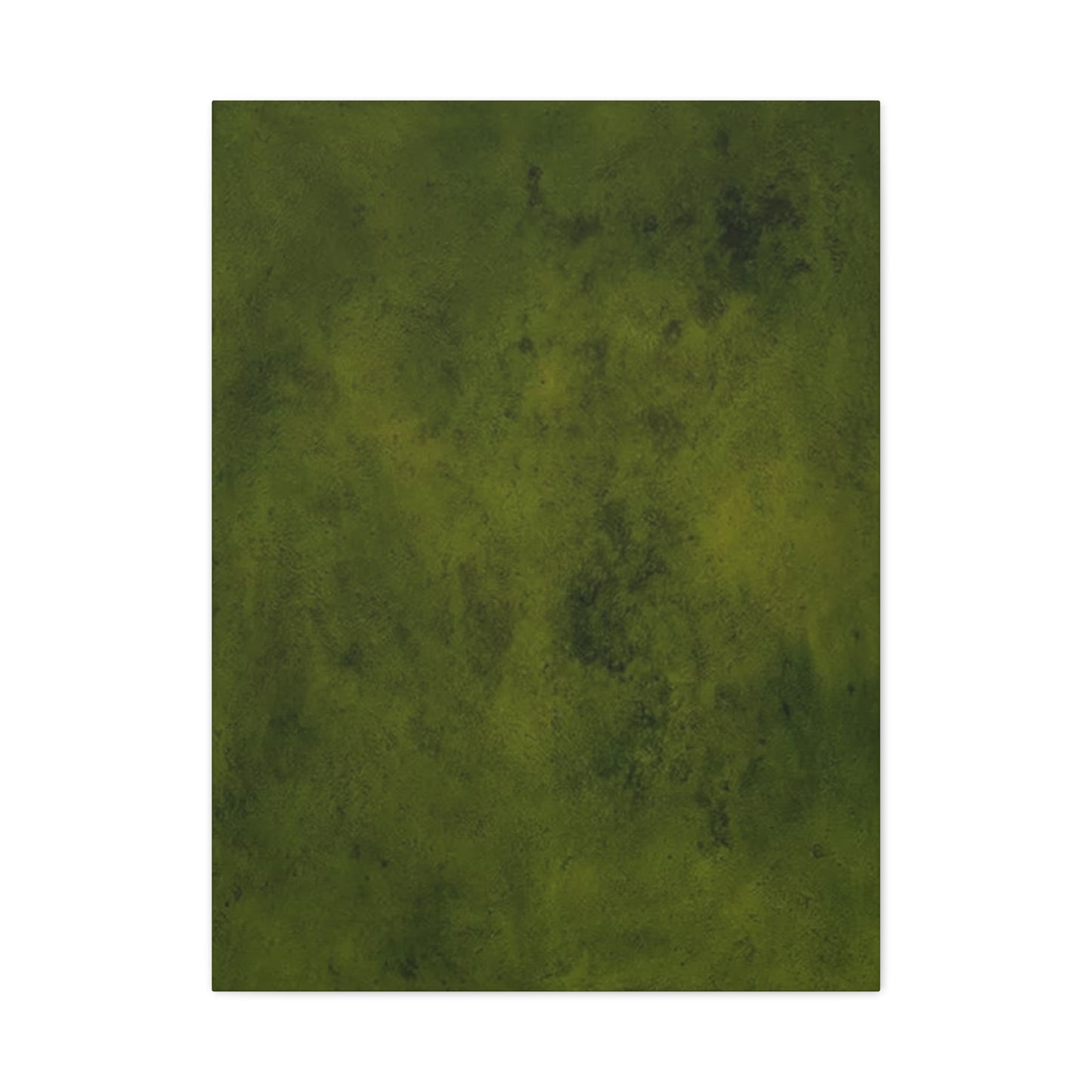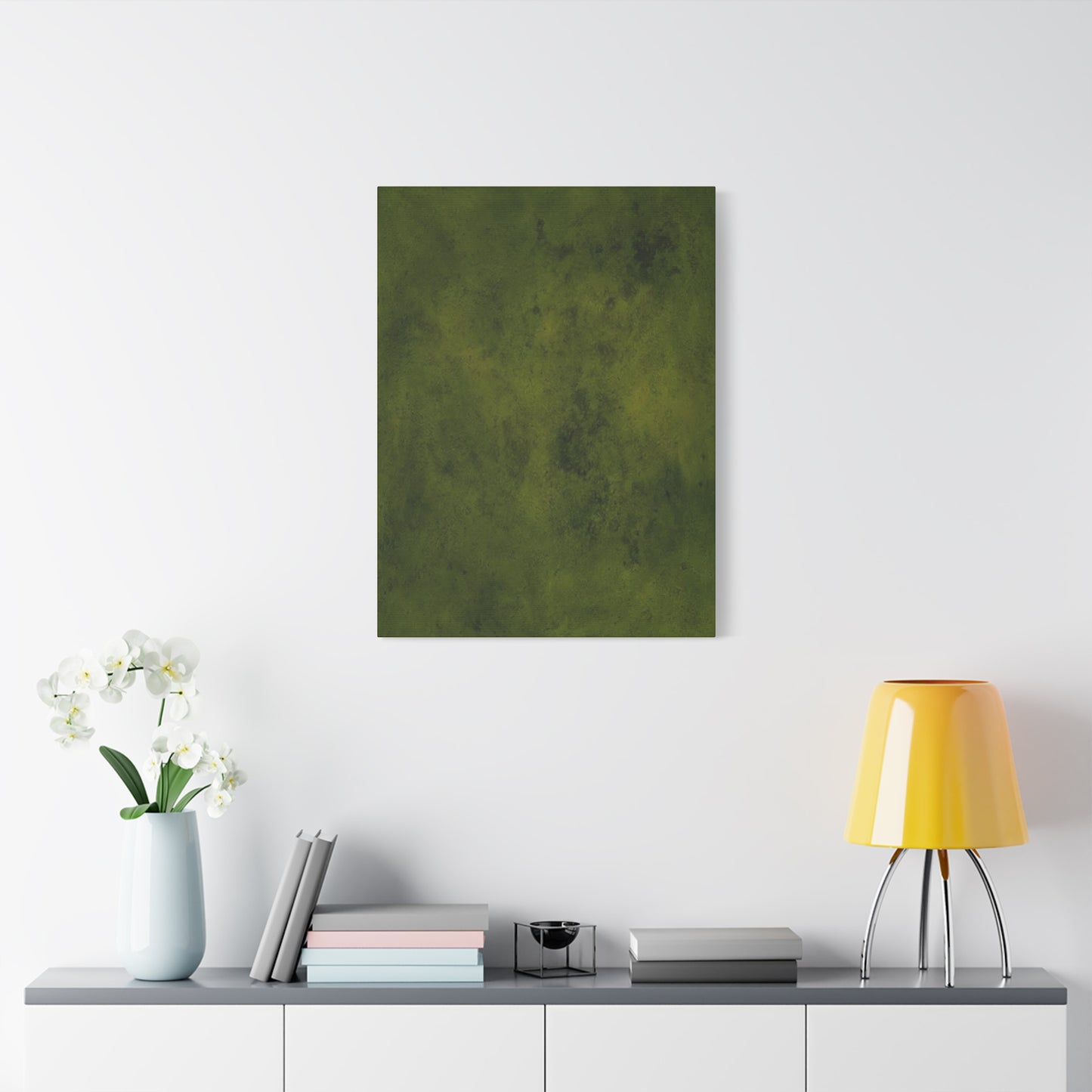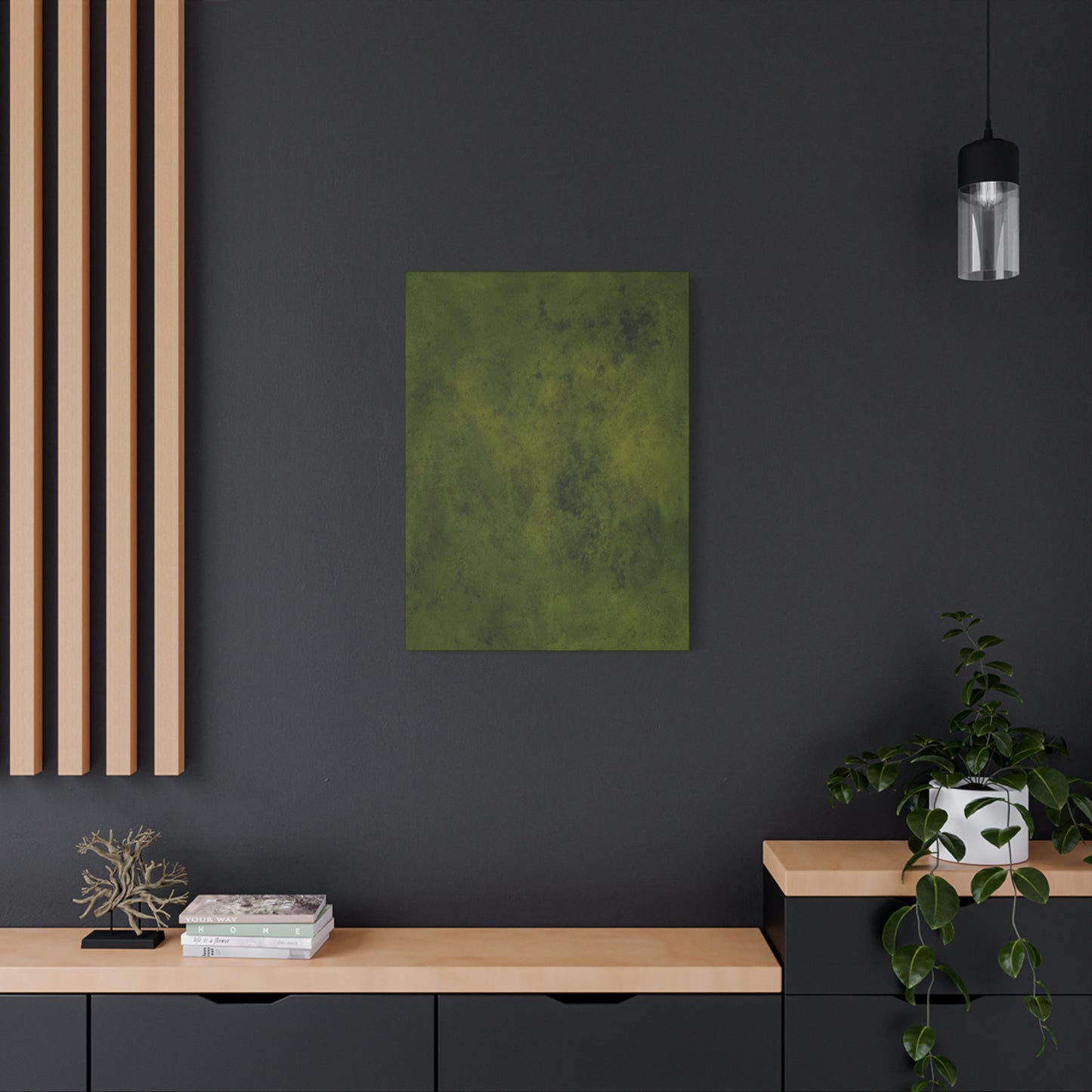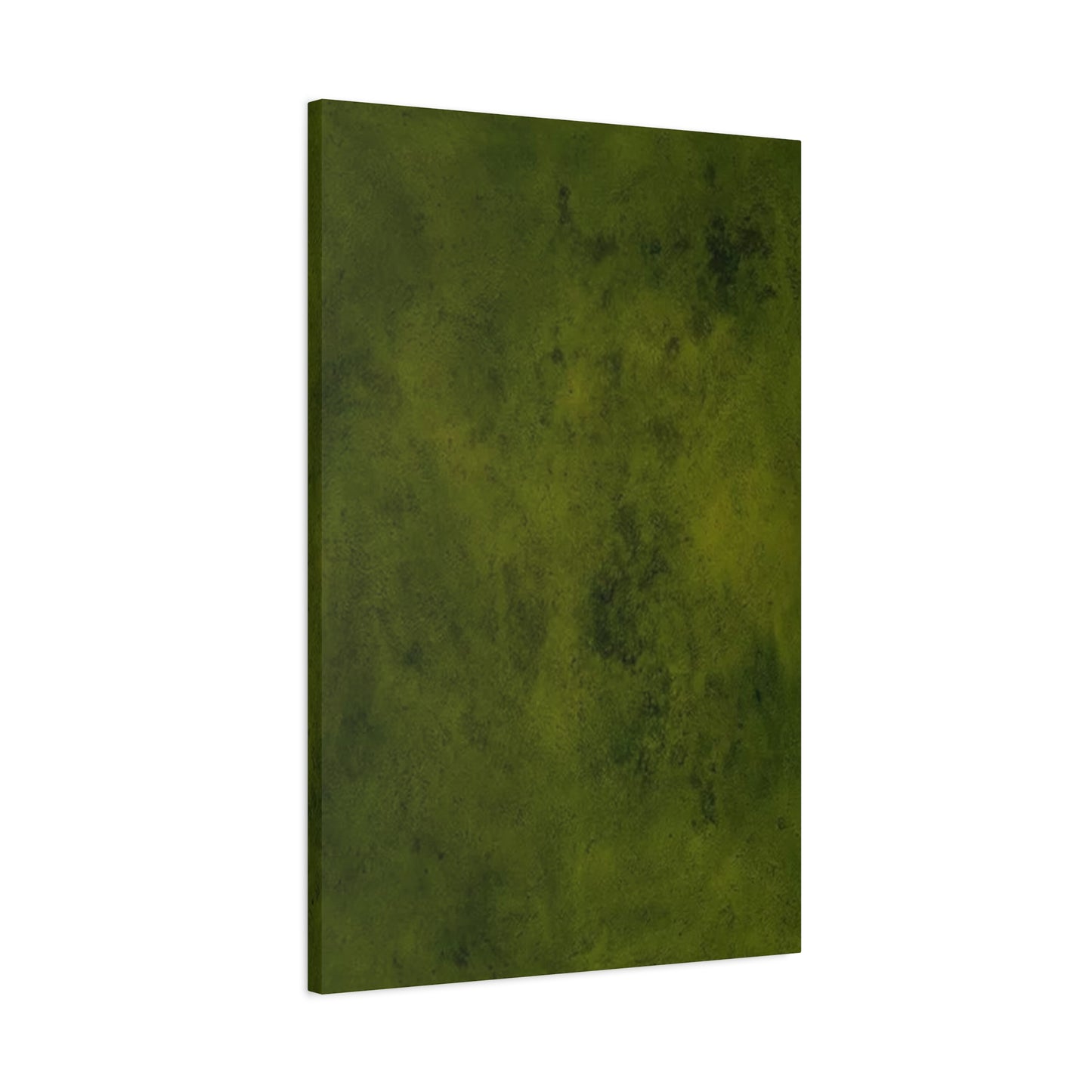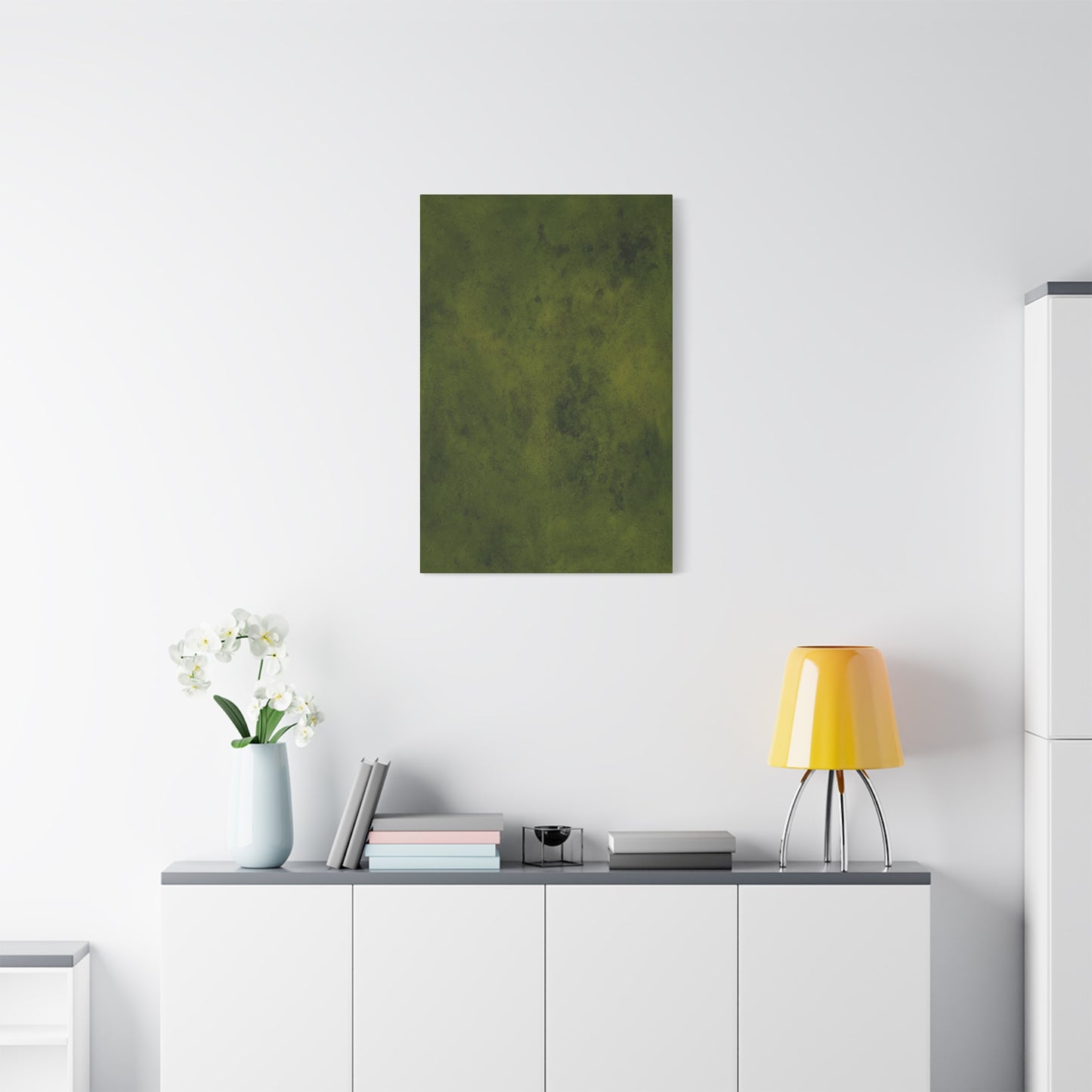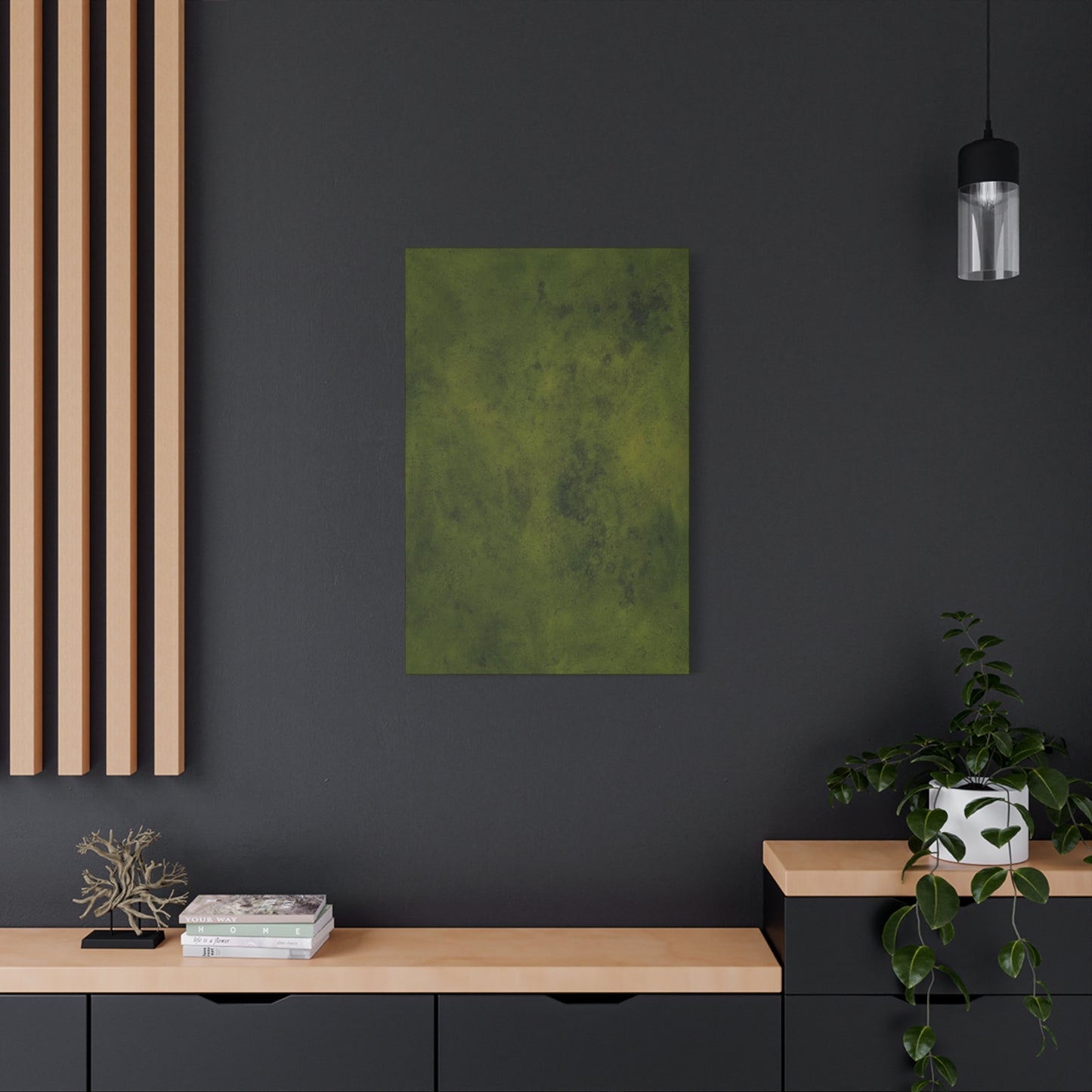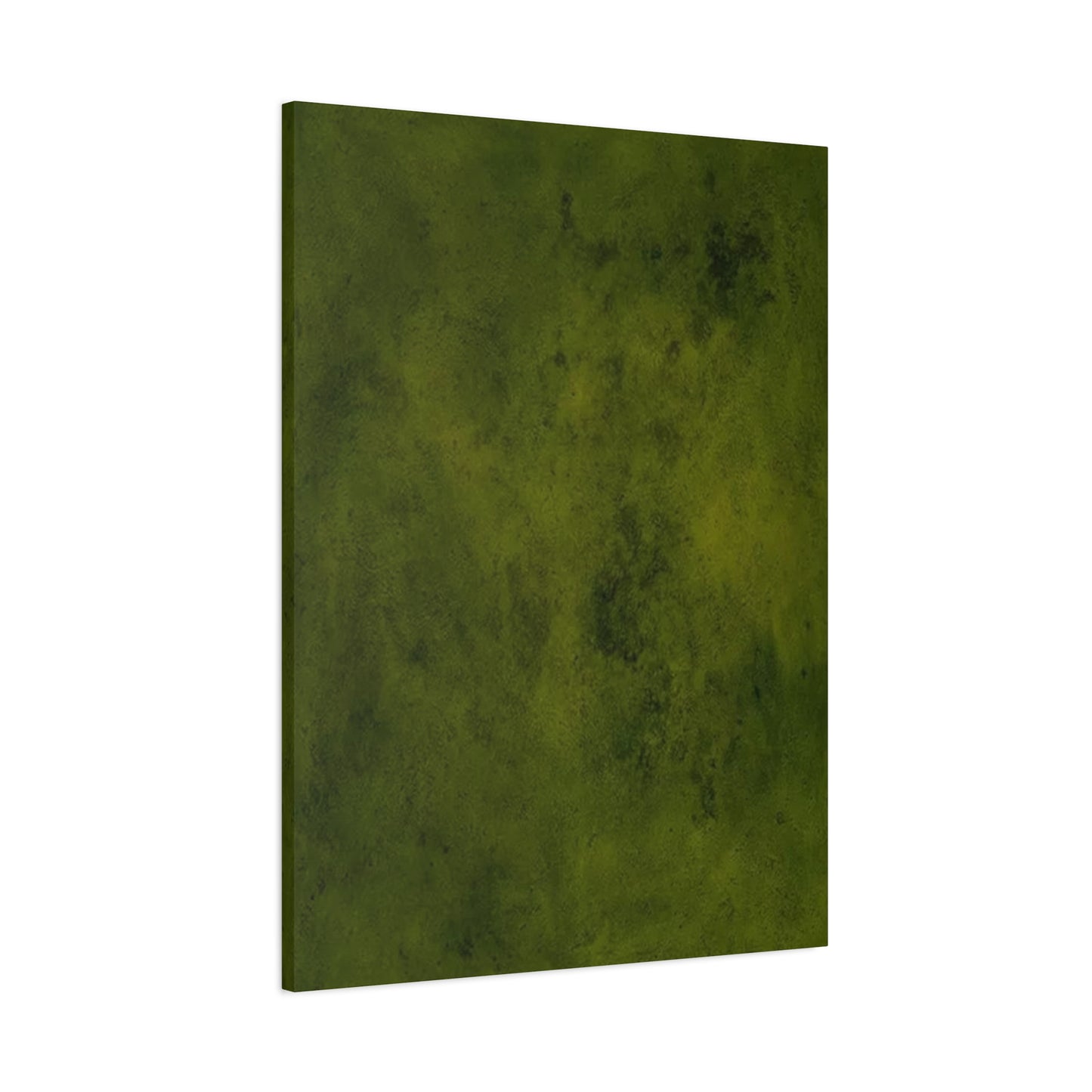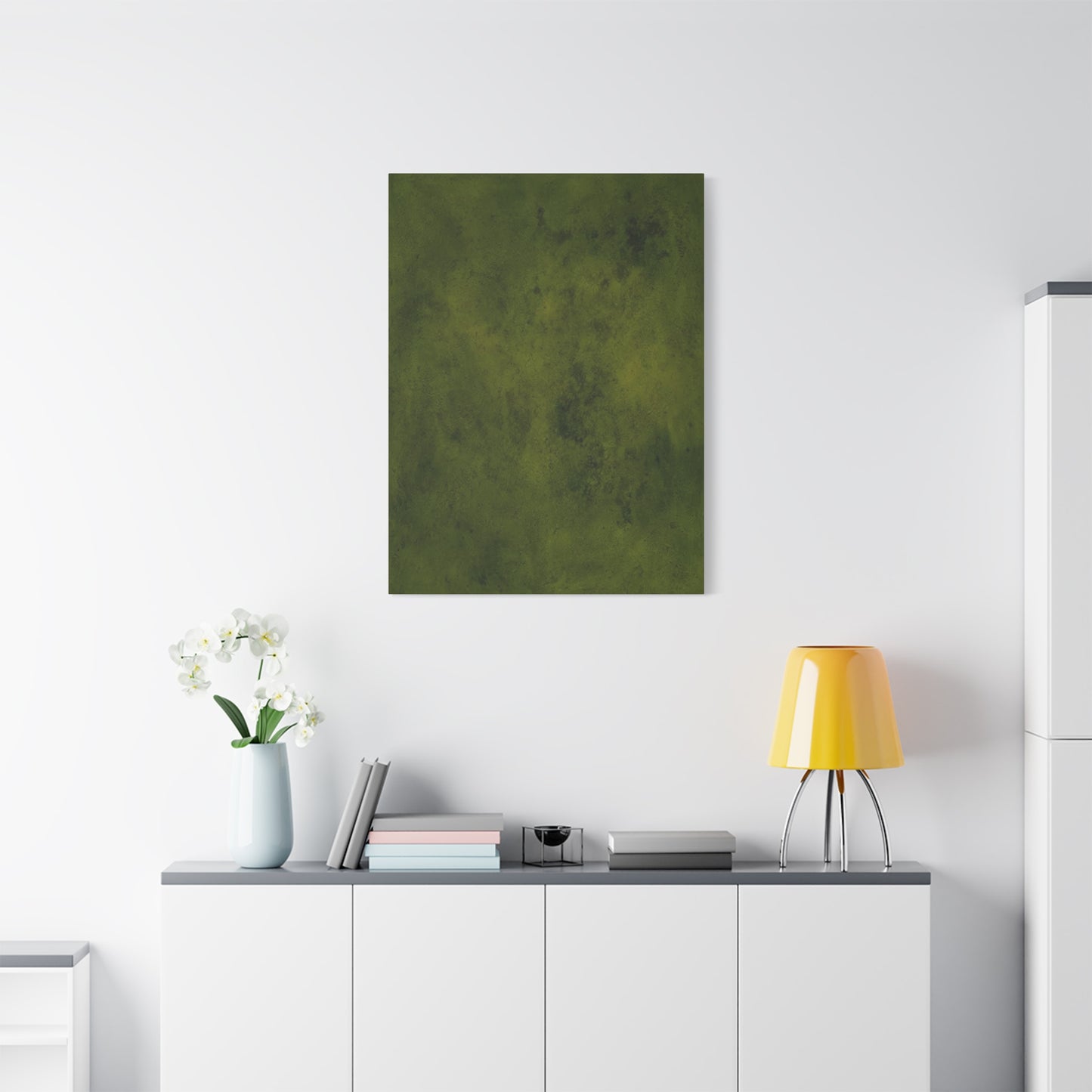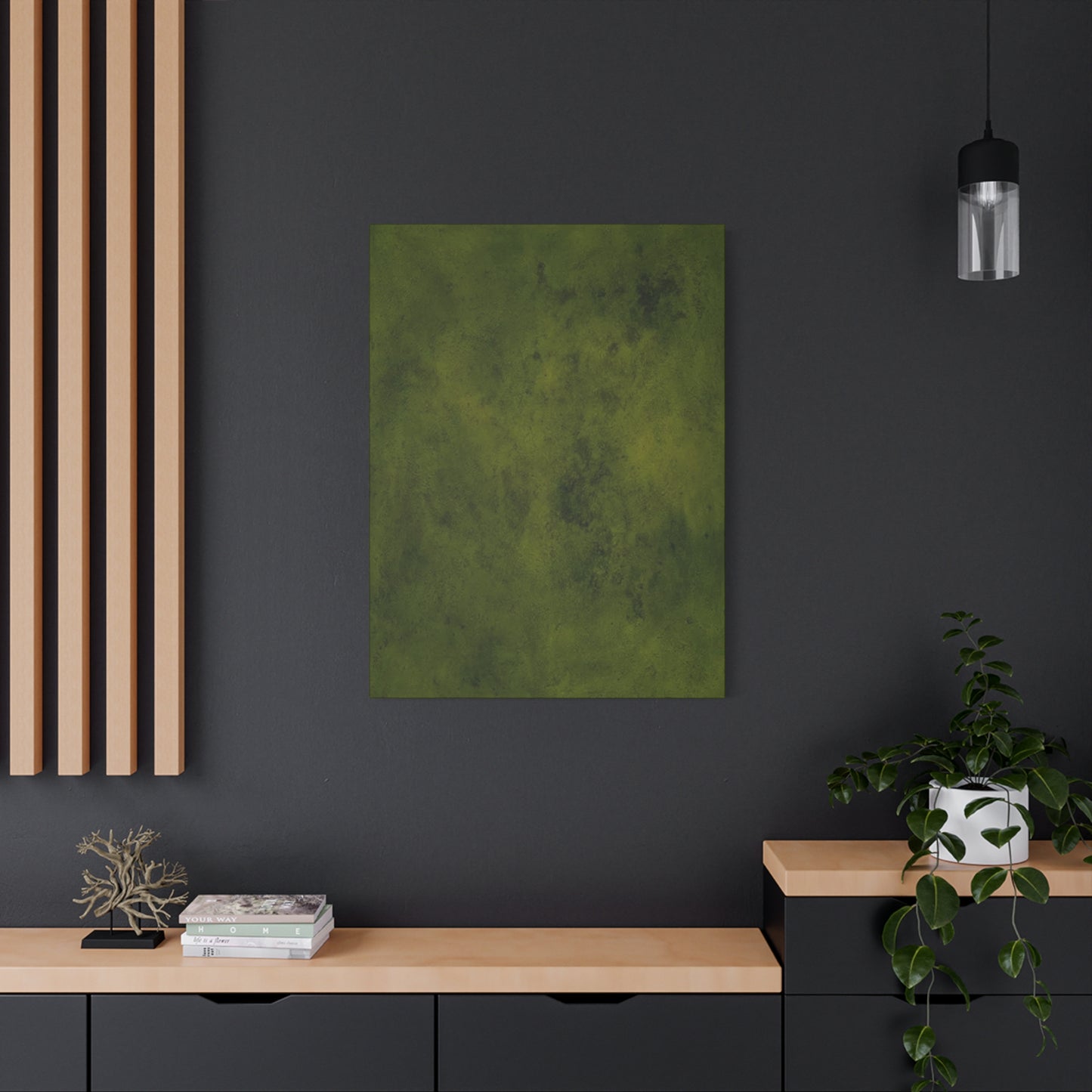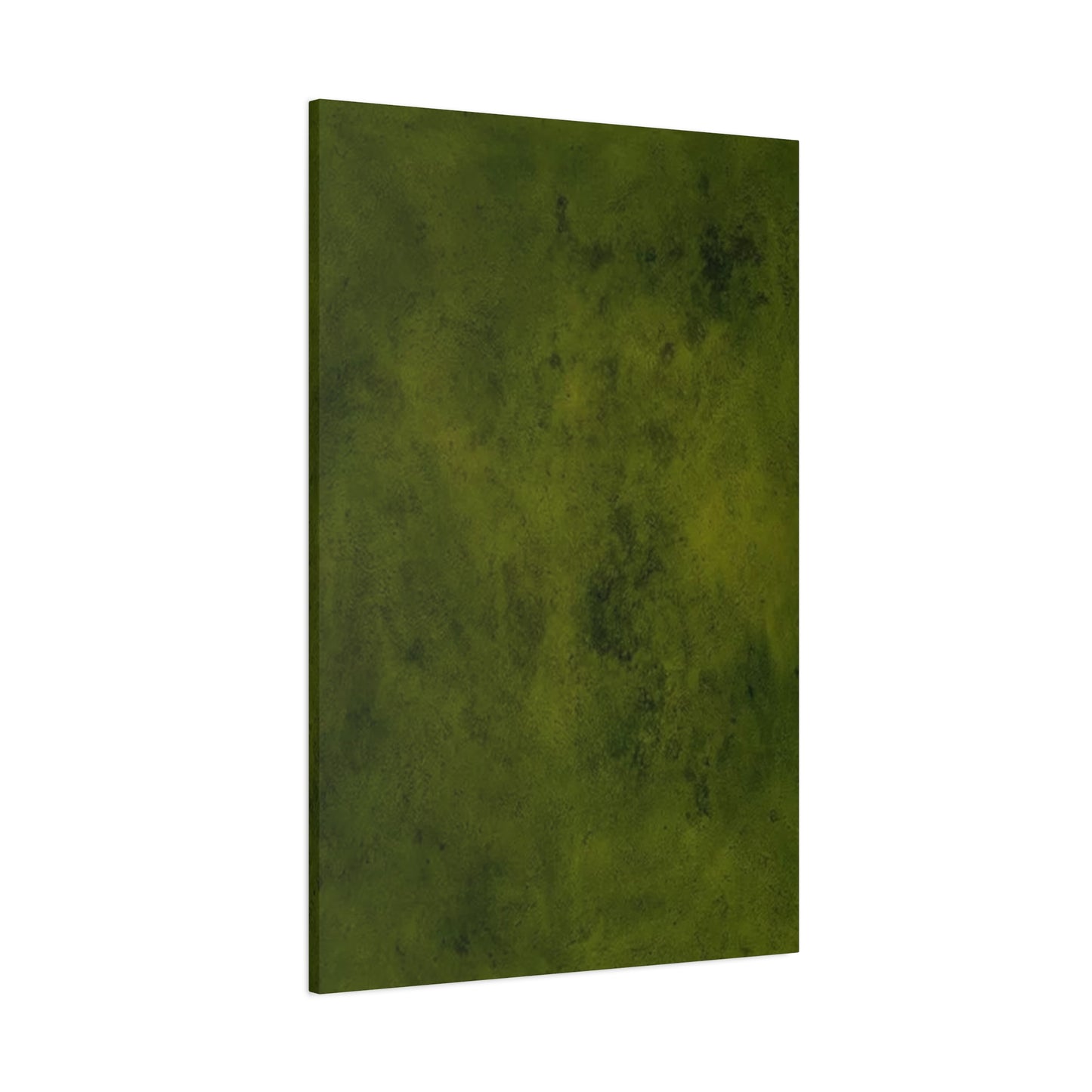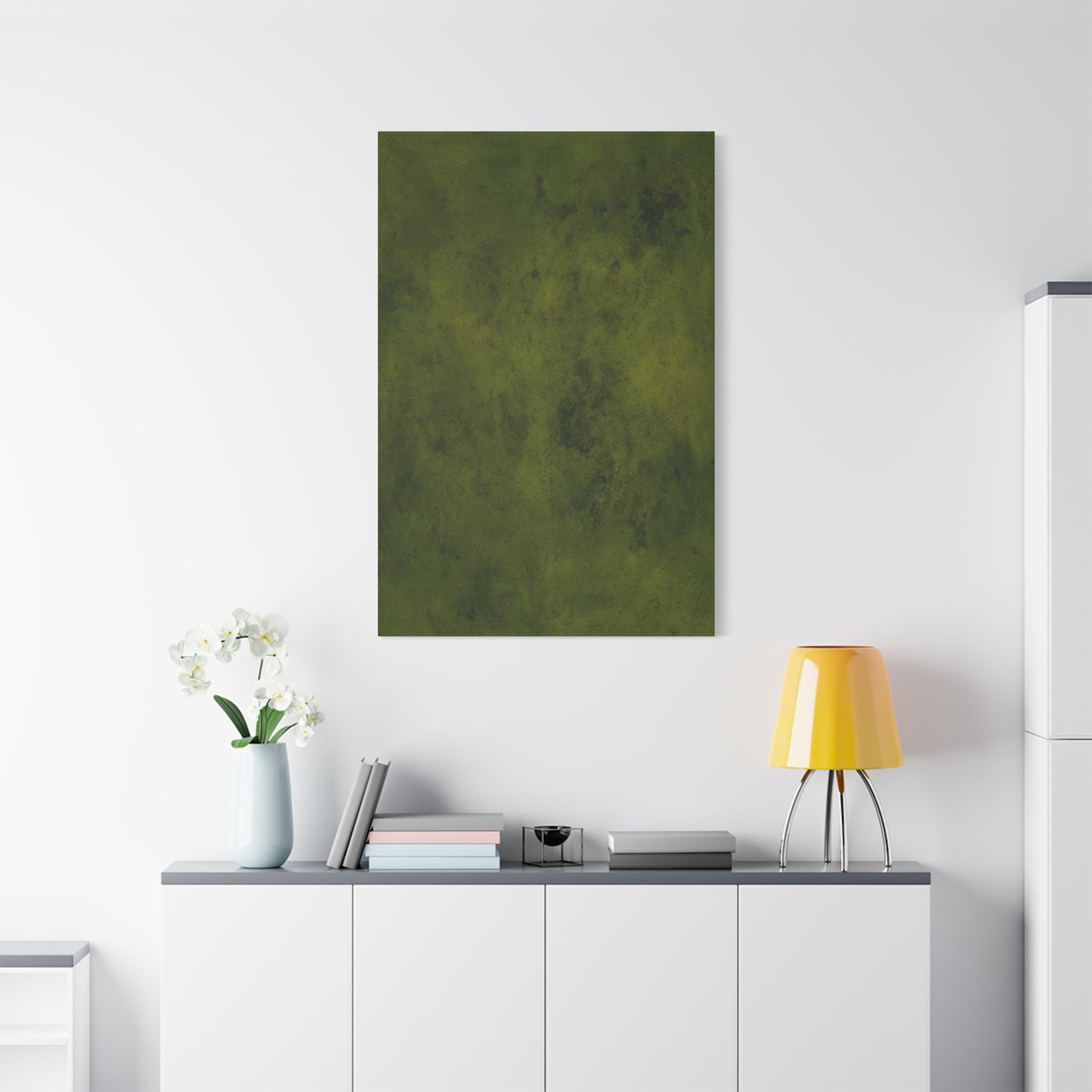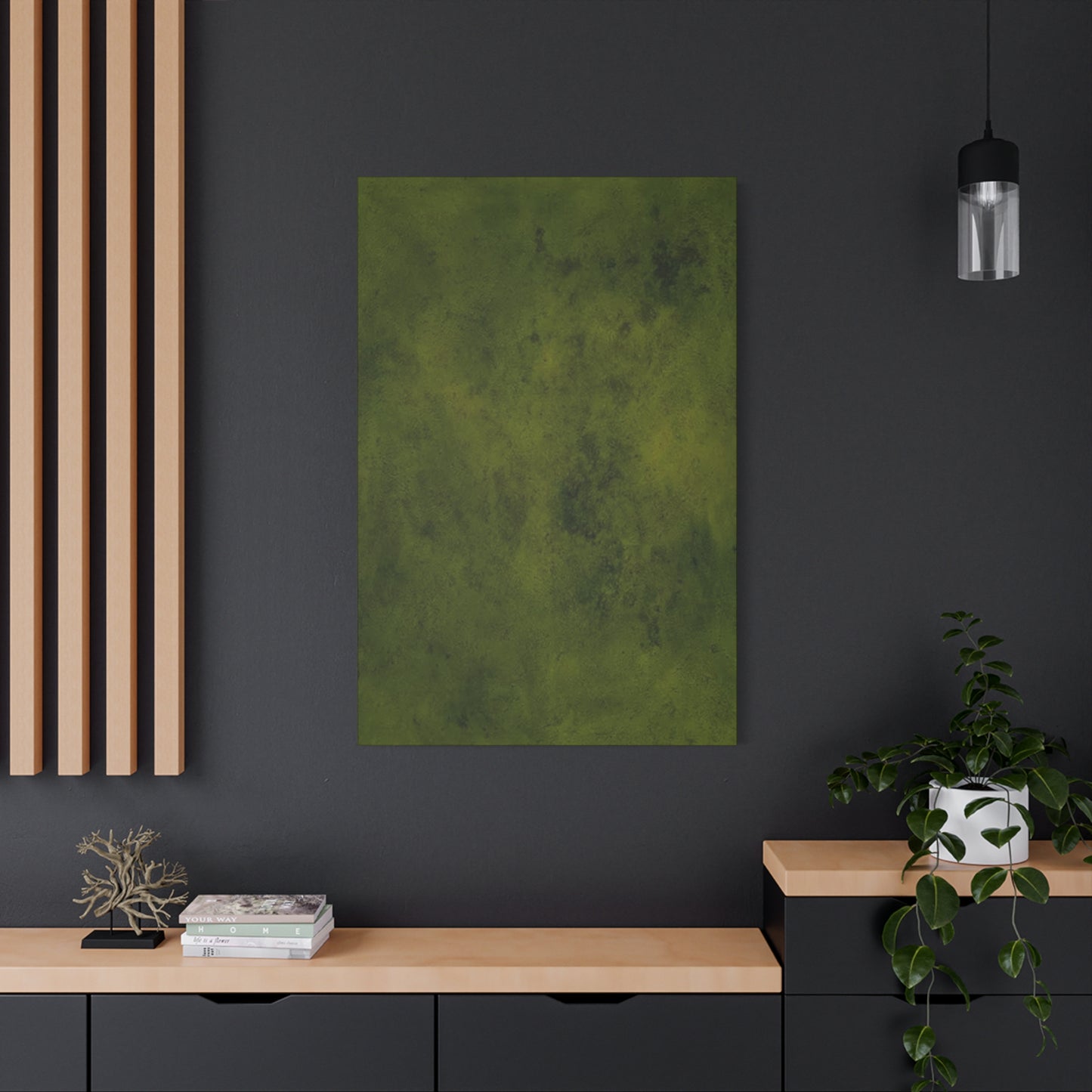The Rising Popularity of Olive Green Painting Wall Art in Contemporary Home Decor
Olive green painting wall art has emerged as one of the most sought-after choices for homeowners and interior designers seeking to create sophisticated and calming living spaces. This earthy tone brings a natural elegance that bridges the gap between traditional and modern aesthetics. The color olive green derives its name from the unripe fruit of the olive tree, embodying a rich connection to nature and the Mediterranean landscape.
The appeal of olive green lies in its versatility and ability to complement various design styles. Whether you're decorating a minimalist apartment, a rustic farmhouse, or a contemporary loft, olive green wall art can seamlessly integrate into your space. This shade carries a certain maturity and depth that lighter greens cannot achieve, making it perfect for creating focal points in living rooms, bedrooms, dining areas, and even professional office spaces.
Interior designers have increasingly turned to olive green as a sophisticated alternative to the overused neutral palettes. This color provides warmth without being overpowering, creates visual interest without demanding too much attention, and offers a grounding effect that helps balance out other design elements in a room. The psychological impact of olive green is equally important, as it promotes feelings of stability, growth, and connection to the natural world.
When selecting olive green painting wall art, consider the undertones present in the specific shade. Some olive greens lean more toward yellow, creating a warmer and more inviting atmosphere, while others contain more gray, resulting in a cooler and more sophisticated appearance. Understanding these subtle differences will help you choose artwork that perfectly complements your existing color scheme and achieves your desired ambiance.
The texture and finish of olive green paintings also play a crucial role in their overall impact. Matte finishes tend to create a more subdued and elegant look, while glossy or metallic accents can add drama and visual interest. Many contemporary artists incorporate mixed media techniques, combining olive green with gold leaf, copper accents, or textured elements to create multi-dimensional pieces that become true conversation starters.
Historical Significance and Cultural Connections of Olive Green in Art
Throughout history, olive green has held significant meaning across various cultures and artistic movements. Ancient civilizations associated this color with peace, wisdom, and prosperity, largely due to its connection with olive trees, which were considered sacred in many Mediterranean societies. Greek and Roman artists frequently used earth pigments to create olive-toned paintings that depicted landscapes, still life compositions, and mythological scenes.
During the Renaissance period, master painters discovered sophisticated methods for creating olive green hues by mixing various natural pigments. Artists like Leonardo da Vinci and Caravaggio utilized olive tones in their background landscapes and clothing details, demonstrating the color's ability to create depth and atmospheric perspective. These historical techniques continue to influence contemporary artists who work with olive green painting wall art today.
The Arts and Crafts movement of the late nineteenth century saw a renewed interest in natural colors, including various shades of olive green. Designers and artists of this era embraced earth tones as a rebellion against the industrial revolution's synthetic colors. This philosophy emphasized the importance of connecting with nature through design choices, a principle that remains relevant in today's eco-conscious interior design trends.
Military history also influenced the perception and use of olive green, as this color became synonymous with strength, endurance, and resilience. While this association might seem removed from home decor, it contributes to the color's psychological impact, subconsciously communicating stability and reliability. Modern artists often play with these cultural associations when creating olive green wall art, sometimes embracing them and other times deliberately subverting expectations.
In Asian cultures, particularly in Japanese aesthetics, olive green relates to concepts of wabi-sabi, the acceptance of imperfection and transience. This philosophical approach to beauty emphasizes natural, understated elegance, which aligns perfectly with the subtle sophistication of olive green painting wall art. Contemporary artists drawing from these traditions create pieces that embody simplicity, asymmetry, and the beauty of natural materials.
Different Styles and Techniques in Olive Green Wall Art Creation
Abstract expressionism represents one of the most popular styles for olive green painting wall art in contemporary interiors. Artists working in this genre use olive green as either a dominant color or an accent within complex compositions featuring gestural brushstrokes, layered textures, and emotional intensity. The organic nature of olive green lends itself beautifully to abstract work, as it can evoke landscapes, organic forms, and natural phenomena without literal representation.
Geometric abstraction offers a contrasting approach, utilizing olive green within structured compositions featuring clean lines, shapes, and patterns. This style works exceptionally well in modern and minimalist interiors where the combination of organic color and geometric precision creates visual tension and interest. Artists might combine olive green with metallic gold, crisp white, or deep charcoal to enhance the geometric elements and create striking contemporary pieces.
Botanical and nature-inspired olive green paintings remain perennially popular, directly referencing the color's natural origins. These works might feature olive branches, forest scenes, tropical foliage, or abstract interpretations of natural elements. The use of olive green in botanical art feels inherently authentic, as the color appears frequently in nature, making these pieces particularly effective at bringing the outdoors inside and creating biophilic design connections.
Landscape painting using olive green palettes can range from realistic representations to impressionistic interpretations. Mediterranean scenes featuring olive groves, Tuscan hillsides, or coastal vistas naturally incorporate olive green tones and bring a sense of warmth and wanderlust to interior spaces. Even non-Mediterranean landscapes benefit from olive green inclusion, as the color effectively renders foliage, shadows, and atmospheric depth.
Mixed media techniques have opened exciting new possibilities for olive green wall art. Artists combine traditional painting methods with collage elements, found objects, textured materials, and digital components to create multi-dimensional works. Olive green serves as an excellent base color in these compositions, providing unity while allowing other elements to shine. The incorporation of natural materials like wood, stone, or dried botanical elements further emphasizes the earthy quality of olive green.
Minimalist approaches to olive green painting focus on color field theory, using large expanses of carefully selected olive green tones to create meditative, contemplative pieces. These works rely on subtle variations in shade, texture, and application technique rather than complex imagery. The simplicity of minimalist olive green art makes it incredibly versatile, working well in spaces where calm and focus are priorities, such as bedrooms, meditation rooms, or professional offices.
Contemporary realism incorporating olive green demonstrates how this traditional color remains relevant in figurative work. Portrait artists might use olive green in backgrounds or clothing, while still life painters find it perfect for rendering certain objects, shadows, and atmospheric effects. The inclusion of olive green in realistic paintings adds sophistication and a connection to art historical traditions while maintaining a modern sensibility.
Psychological Effects and Emotional Impact of Olive Green in Living Spaces
Color psychology reveals that olive green significantly influences mood, behavior, and perception within interior spaces. This particular shade combines the calming properties of green with the stability of brown, creating a color that promotes both relaxation and grounding. When incorporated through wall art, olive green can help establish the emotional tone of a room without the commitment of painting entire walls.
The presence of olive green painting wall art in living areas encourages social interaction while maintaining a sense of tranquility. Unlike more vibrant greens that can feel energizing or even overwhelming, olive green provides a balanced atmosphere conducive to conversation and connection. This makes it an excellent choice for dining rooms, family rooms, and other communal spaces where people gather to spend quality time together.
In bedroom environments, olive green wall art contributes to restful sleep by creating a cocoon-like atmosphere that feels safe and nurturing. The color's connection to nature helps reduce stress and anxiety, which are common barriers to quality sleep. Many sleep specialists recommend incorporating earth tones like olive green into bedroom decor as part of a holistic approach to improving sleep quality and overall well-being.
Office and workspace applications of olive green painting benefit from the color's ability to enhance focus and concentration while reducing eye strain. Unlike harsh whites or stark colors that can cause fatigue, olive green provides a restful background that helps maintain productivity over extended periods. The color's subtle complexity also stimulates creativity without being distracting, making it ideal for creative professionals and knowledge workers.
The biophilic design principle suggests that humans have an innate need to connect with nature, and incorporating natural colors like olive green satisfies this need even in urban environments. Olive green wall art serves as a visual reminder of the natural world, providing psychological benefits similar to those experienced when spending time outdoors. This connection can help reduce stress, improve mood, and enhance overall mental health.
Cultural associations with olive green also contribute to its psychological impact. The color's connection to peace symbols, military service, and Mediterranean culture creates layered meanings that individuals respond to based on their personal experiences and backgrounds. Artists creating olive green wall art often intentionally engage with these associations, adding depth and narrative complexity to their work.
Selecting the Perfect Olive Green Painting for Different Room Types
Living room spaces benefit from larger-scale olive green paintings that serve as focal points and anchor the room's design scheme. When selecting artwork for this high-traffic area, consider pieces that complement your existing furniture and decor while adding visual interest and personality. A substantial canvas featuring olive green as the dominant color can ground a seating arrangement and provide a sophisticated backdrop for entertaining guests.
The style of your living room should guide your olive green art selection. Traditional interiors pair beautifully with landscape paintings or botanical studies featuring olive tones, while contemporary spaces might benefit from abstract or geometric compositions. Consider the viewing distance as well, as living room art is typically observed from various positions, requiring compositions that work well from both close and far perspectives.
Bedroom olive green wall art should prioritize calming compositions and themes that promote relaxation. Abstract pieces with soft, flowing forms work well, as do landscape paintings depicting serene natural scenes. Avoid overly busy or energetic compositions in the bedroom, as these can interfere with the room's primary purpose of rest and rejuvenation. The placement above the bed or on the wall opposite the bed creates a natural focal point that enhances the room's tranquil atmosphere.
Dining room art selections should consider the social nature of this space while accounting for lighting conditions that may vary from natural daylight to candlelit dinners. Olive green paintings in dining areas can stimulate appetite and conversation while maintaining an elegant atmosphere appropriate for both casual family meals and formal entertaining. Still life compositions featuring food, wine, or table settings feel particularly appropriate in dining spaces and can incorporate olive green in sophisticated ways.
Kitchen environments present unique challenges for artwork due to humidity, temperature fluctuations, and potential splatter exposure. If incorporating olive green wall art in kitchens, choose pieces with protective finishes or consider prints rather than original paintings. Botanical themes and herb garden motifs work beautifully in kitchen spaces, and olive green naturally complements the organic subject matter while coordinating with common kitchen color schemes.
Bathroom selections require careful consideration of moisture resistance and appropriate scale. Smaller olive green paintings or prints can add personality to powder rooms and guest bathrooms without overwhelming the typically compact space. Choose artwork with proper protective coating or glass covering to prevent moisture damage, and consider themes related to nature, water, or botanical subjects that feel cohesive with the bathroom environment.
Home office and study areas benefit from olive green wall art that inspires focus and creativity without distraction. Mid-sized pieces positioned within the line of sight but not directly in the primary work view provide periodic visual rest breaks while maintaining a professional atmosphere. Abstract or minimalist olive green compositions work particularly well in these spaces, offering visual interest without demanding too much attention during concentrated work periods.
Entryways and hallways present opportunities to make strong first impressions with olive green painting wall art. These transitional spaces can accommodate bold, statement pieces that set the tone for the rest of the home. Consider creating a gallery wall featuring multiple olive green artworks in various sizes, or select one substantial piece that commands attention and welcomes visitors with sophisticated style.
Complementary Color Schemes and Design Pairings with Olive Green Art
Neutral color palettes provide the most versatile backdrop for olive green painting wall art, allowing the artwork to become a true focal point. Warm neutrals like cream, beige, and tan create a cozy, inviting atmosphere that enhances the earthy quality of olive green. Cool neutrals including gray, taupe, and greige offer a more contemporary feel while still allowing the olive green to shine without competition from other bold colors.
Monochromatic schemes using various shades of green create cohesive, nature-inspired interiors where olive green wall art feels perfectly integrated. Combining olive green paintings with sage, emerald, moss, and forest green accents throughout the room establishes a sophisticated color story that feels intentional and professionally designed. This approach works particularly well in spaces where creating a calm, unified atmosphere is the primary goal.
Complementary color pairings with olive green explore the color wheel's opposite side, where various shades of purple and burgundy create dramatic, high-contrast combinations. A deep plum velvet sofa paired with olive green wall art creates a luxurious, jewel-toned aesthetic perfect for sophisticated living spaces. More subtle complementary approaches might incorporate lavender or dusty rose accents that provide gentle contrast without overwhelming the space.
Analogous color schemes using colors adjacent to olive green on the color wheel include yellows, other greens, and blue-greens. Golden yellow accents in throw pillows, light fixtures, or decorative objects create warmth and vibrancy alongside olive green paintings. Teal or turquoise elements introduce a refreshing contrast while maintaining color harmony, perfect for spaces with coastal or eclectic design sensibilities.
Metallic accents elevate olive green wall art and add glamorous sophistication to any space. Gold frames or gold leaf elements within olive green paintings create warmth and luxury, while brass hardware and fixtures throughout the room reinforce this elegant combination. Silver and chrome offer a cooler, more modern alternative that pairs beautifully with olive green in contemporary or industrial-style interiors.
Natural wood tones create organic, earthy combinations with olive green painting wall art that emphasize biophilic design principles. Light woods like oak or ash provide gentle contrast and maintain an airy feel, while darker woods including walnut or mahogany add richness and depth. The combination of natural wood and olive green creates timeless interiors that transcend trends and feel perpetually fresh and inviting.
Terracotta and rust tones offer a Mediterranean-inspired palette when combined with olive green wall art. This warm, earthy combination evokes sun-drenched landscapes and brings a sense of warmth and hospitality to any space. Incorporate terracotta through pottery, textiles, or accent walls to create a cohesive design that celebrates natural, organic materials and colors.
Lighting Considerations for Showcasing Olive Green Wall Art
Natural lighting dramatically affects how olive green painting wall art appears throughout the day. North-facing rooms receive cooler, more consistent light that can emphasize the gray undertones in olive green, creating a sophisticated, subdued atmosphere. Artists creating work for such spaces often adjust their color mixing to account for this cooler light, ensuring the artwork maintains its intended warmth and depth.
South-facing spaces receive abundant warm sunlight that can enhance the yellow undertones in olive green paintings, making them appear more vibrant and energetic. However, this intense light also poses risks for artwork longevity, as UV exposure can cause fading and degradation over time. Protective measures including UV-filtering glass, window treatments, and strategic placement help preserve olive green wall art in these challenging lighting conditions.
East-facing rooms enjoy bright morning light that gradually shifts to softer illumination as the day progresses. Olive green paintings in these spaces can appear quite different between morning and evening, which adds dynamic interest to the artwork. Consider how the changing light affects your perception of the piece and whether these variations enhance or detract from your enjoyment of the work.
West-facing areas receive dramatic afternoon and evening light that can cast warm, golden tones across olive green wall art. This lighting creates particularly beautiful effects during golden hour, when the artwork may seem to glow with inner warmth. However, the intense angle of western light can also create glare on glossy surfaces, so matte or satin finishes often work better in these locations.
Artificial lighting design plays an equally important role in properly showcasing olive green painting wall art. Track lighting or adjustable spotlights allow precise control over how the artwork is illuminated, highlighting texture and detail while minimizing glare. LED bulbs with high color rendering index ratings ensure colors appear accurate and true to the artist's intention, which is particularly important for artwork with subtle color variations like olive green.
Ambient lighting considerations include the overall light level in the room and how it affects the visibility and impact of olive green wall art. Well-lit spaces make artwork more prominent and allow viewers to appreciate details and subtleties, while dimmer environments can make artwork recede into the background. Install dimmer switches to adjust lighting based on time of day, activity, and desired mood.
Picture lights mounted directly above or below olive green paintings provide focused illumination that draws attention to the artwork regardless of ambient light conditions. These specialized fixtures come in various styles from traditional brass to contemporary LED strips, allowing you to choose options that complement both the artwork and your overall design aesthetic. Proper installation prevents shadows and ensures even illumination across the entire surface.
Avoiding common lighting mistakes protects olive green wall art while ensuring it looks its best. Never position artwork directly opposite unshaded windows where it will receive intense, direct sunlight for extended periods. Avoid placing artwork too close to heat sources including radiators, fireplaces, or heating vents, as temperature fluctuations can damage paintings over time. Consider consulting with a lighting designer or art conservator for valuable artwork or challenging spaces.
Framing Options and Presentation Methods for Olive Green Paintings
Traditional wood frames remain the most popular choice for olive green painting wall art, offering endless possibilities for customization and style matching. Light natural wood frames create a fresh, Scandinavian-inspired look that keeps the focus on the artwork while providing a subtle finished edge. Dark wood frames including walnut, mahogany, or ebony add drama and formality, perfect for traditional interiors or creating strong contrast with lighter walls.
Metallic frames have gained popularity in contemporary interiors, with options ranging from sleek aluminum to ornate gilded designs. Gold frames create a classic, museum-quality presentation that adds warmth and luxury to olive green paintings, particularly effective with traditional or classical subjects. Silver, chrome, and brushed nickel frames offer cooler alternatives that work beautifully in modern and minimalist spaces where clean lines and contemporary aesthetics prevail.
Floating frames create the illusion that olive green paintings hover away from the wall, casting subtle shadows that add dimension and visual interest. This modern presentation style works particularly well with canvas paintings and emphasizes the artwork's three-dimensional quality. Floating frames come in various depths and materials, allowing customization to suit different painting styles and thicknesses.
Gallery wraps represent a frameless presentation option where olive green paintings extend around the canvas edges, eliminating the need for traditional framing. This contemporary approach creates clean, modern displays particularly suited to abstract or contemporary artwork. Gallery wrapped canvases can hang directly on walls using hidden hardware, creating seamless, minimalist presentations that emphasize the artwork itself.
Custom matting adds another dimension to framed olive green wall art, providing visual breathing room between the painting and frame. Neutral mats in cream, white, or gray create classic presentations, while colored mats can pick up accent colors from within the painting or coordinate with room decor. Double or triple matting with varying widths adds depth and sophistication, particularly effective for smaller works or prints.
Shadow box framing accommodates mixed media olive green paintings or works with three-dimensional elements that extend beyond the painting surface. These deep frames provide necessary clearance while creating an attractive presentation that protects delicate elements. Shadow boxes work particularly well for collage work, paintings with heavy texture, or pieces incorporating found objects alongside painted surfaces.
Plexiglass versus traditional glass represents an important consideration for framed olive green paintings. Museum-quality UV-filtering glass protects artwork from harmful light exposure while maintaining clarity and color accuracy. Plexiglass offers lighter weight and shatter resistance, making it safer for larger pieces or homes with children, though it scratches more easily than glass and may create more static that attracts dust.
Size and Scale Considerations for Olive Green Wall Art
Statement pieces measuring forty-eight inches or larger create dramatic focal points that anchor entire rooms and establish design themes. These substantial olive green paintings work best in spaces with adequate wall area and viewing distance, such as above sofas, beds, or dining tables. Large-scale artwork commands attention and can make bold design statements while filling visual voids in expansive rooms with high ceilings.
Medium-sized paintings between twenty-four and forty-eight inches offer versatility for various applications and room sizes. These appropriately scaled works can stand alone as focal points in smaller rooms or combine with other pieces in gallery wall arrangements. Medium olive green paintings provide significant visual impact without overwhelming spaces, making them ideal for apartments, condos, and rooms with limited wall space.
Small-scale works under twenty-four inches excel in creating collections, filling awkward spaces, or adding interest to areas where larger pieces would feel disproportionate. Clustered groupings of small olive green paintings create gallery-style displays with collected, curated appeal. Individual small works can fill narrow wall sections, decorate built-in shelving, or provide personality in powder rooms and other compact spaces.
Proportional relationships between artwork and furniture ensure balanced, professional-looking arrangements. The classic design rule suggests artwork above furniture should measure approximately two-thirds to three-quarters the furniture width, though this guideline allows flexibility based on personal preference and specific circumstances. Olive green paintings following these proportions appear grounded and intentional rather than floating aimlessly on walls.
Vertical versus horizontal orientation affects how olive green wall art impacts a space. Vertical pieces draw the eye upward, making rooms feel taller and more spacious, particularly effective in rooms with low ceilings. Horizontal orientations create width and can make narrow rooms feel more expansive, working beautifully above low-profile furniture like sofas and credenzas.
Multiple panel paintings called diptychs, triptychs, or polyptychs allow artists to create expansive compositions across several connected canvases. Olive green paintings presented in this format offer flexibility in arrangement and can accommodate challenging wall layouts. The space between panels adds visual interest while allowing the overall composition to span greater distances than single canvases.
Asymmetrical arrangements break from traditional centered placement, creating dynamic, contemporary displays that feel more relaxed and less formal. Offsetting olive green wall art to one side of furniture or combining pieces of varying sizes in unexpected configurations adds personality and visual interest. This approach requires confident design sensibility but results in unique, personalized spaces that reflect individual style.
Investment Value and Collectibility of Olive Green Painting Art
Original paintings represent the highest tier of art collecting, offering unique, one-of-a-kind works created directly by artists. Olive green wall art created by established or emerging artists can appreciate in value over time, particularly if the artist gains recognition and reputation. Factors affecting investment value include artist credentials, exhibition history, critical reception, rarity, condition, and market demand for the specific style or subject matter.
Limited edition prints provide accessible entry points for art collecting while maintaining some investment potential. These reproductions, created in controlled quantities and numbered by the artist, bridge the gap between original works and mass-produced prints. Signed limited edition olive green wall art with lower edition numbers typically commands higher prices and better holds value compared to open edition prints.
Provenance documentation becomes increasingly important as olive green paintings gain value. Maintaining records of purchase, including receipts, certificates of authenticity, artist information, and exhibition history helps establish legitimacy and can significantly impact resale value. Photograph your artwork regularly to document condition and maintain digital records as backup in case physical documents are lost or damaged.
Emerging artist discovery offers exciting opportunities for collectors willing to take calculated risks. Purchasing olive green wall art from talented artists before they achieve widespread recognition can result in significant value appreciation if the artist's career advances. Research artist backgrounds, education, previous sales, gallery representation, and critical reviews to make informed decisions about emerging talent.
Art market trends influence the desirability and value of specific colors, styles, and subjects. While olive green currently enjoys strong popularity in interior design, color preferences shift over time based on broader cultural influences. Collectors focusing on investment potential should balance current trends with timeless appeal, choosing olive green paintings with enduring aesthetic qualities that transcend temporary fashions.
Proper insurance coverage protects valuable olive green wall art from loss, damage, or theft. Standard homeowner's policies may provide insufficient coverage for fine art, necessitating additional riders or specialized art insurance. Professional appraisals establish current market value and provide documentation necessary for adequate insurance coverage and potential future sales.
Resale markets for olive green painting wall art include galleries, auction houses, online platforms, and private sales. Each venue offers distinct advantages and disadvantages regarding fees, audience reach, and price potential. Gallery consignment typically commands higher prices but involves significant commission percentages, while online platforms offer broader exposure with varying success rates depending on artwork quality and presentation.
Maintenance and Preservation of Olive Green Wall Art
Regular dusting prevents accumulation of particles that can dull the surface of olive green paintings and potentially cause long-term damage. Use soft, clean brushes or microfiber cloths specifically designed for art cleaning, gently removing dust from the painting surface and frame. Avoid feather dusters which can catch on texture and potentially damage artwork, and never use household dusting sprays or polishes which can leave residue or cause chemical reactions with paint.
Environmental control maintains artwork condition by managing temperature, humidity, and light exposure. Ideal conditions include stable temperatures between sixty-five and seventy-five degrees Fahrenheit and relative humidity between forty and fifty percent. Avoid hanging olive green wall art near heating vents, air conditioning units, fireplaces, or in bathrooms where humidity fluctuates dramatically, as these conditions can cause paint cracking, warping, or mold growth.
Professional cleaning becomes necessary when olive green paintings accumulate stubborn dirt, show signs of deterioration, or require restoration. Conservators possess specialized knowledge and materials for safely cleaning artwork without causing damage. Never attempt to clean valuable paintings yourself using household products, as improper techniques can permanently damage artwork and destroy investment value.
Frame maintenance protects both the artwork and its presentation. Regularly check that frames remain secure and hardware functions properly, tightening loose corners or replacing worn hanging wire as needed. Inspect the backing material for deterioration and replace if necessary to maintain dust barriers and structural support. Clean frames according to their material, using appropriate products for wood, metal, or other materials.
Storage requirements for olive green paintings not currently displayed include climate-controlled environments away from direct light, excessive humidity, and temperature extremes. Wrap paintings in acid-free paper or breathable fabric rather than plastic, which can trap moisture and encourage mold growth. Store paintings vertically when possible rather than stacked horizontally to prevent pressure damage and warping.
Damage prevention strategies include securing artwork properly to walls with appropriate hardware for the painting weight and wall type. Use felt pads or bumpers on bottom frame corners to prevent wall damage and maintain slight air circulation behind paintings. Install security systems and maintain current photographs and documentation in case of theft or loss requiring insurance claims.
Restoration considerations arise when olive green paintings show signs of serious damage including cracking, flaking, water damage, or structural issues. Professional art restorers can often repair damage and stabilize artworks, though restoration costs must be weighed against artwork value. Some collectors prefer leaving minor age-related patina intact as evidence of provenance and authentic aging.
Creating Gallery Walls and Multiple Art Arrangements
Gallery wall planning begins with gathering all potential olive green paintings and related artwork you want to include. Lay pieces on the floor to experiment with various arrangements before committing to wall placement. Consider balance, color distribution, and visual weight when positioning pieces, ensuring the overall composition feels cohesive rather than haphazard or cluttered.
Symmetrical arrangements create formal, traditional gallery walls with mirror-image layouts that feel organized and intentional. This approach works particularly well in traditional interiors or spaces where architectural symmetry already exists. Symmetrical olive green wall art displays might feature matching pairs flanking a central large piece or evenly spaced identical frames creating grid patterns.
Asymmetrical layouts offer more contemporary, relaxed aesthetics with varied spacing and organic arrangements. This approach allows more creativity and personality while accommodating different frame sizes and styles. When creating asymmetrical galleries with olive green paintings, maintain visual balance by distributing color, size, and visual weight evenly across the wall even though exact symmetry doesn't exist.
Salon-style hanging references historical exhibition practices where paintings covered walls from floor to ceiling in tight, densely packed arrangements. Modern interpretations of this style create collected, eclectic displays that work beautifully in bohemian or maximalist interiors. Include olive green paintings alongside other artworks, photographs, and objects for rich, layered visual interest.
Grid arrangements offer clean, contemporary alternatives where same-sized frames hang in neat rows and columns with consistent spacing. This organized approach works excellently with series of related olive green paintings or coordinated prints. The uniformity creates calm, ordered displays perfect for modern and minimalist interiors where visual consistency matters.
Template methods simplify gallery wall installation by creating paper templates matching each frame size and shape. Arrange templates on the wall with painter's tape to finalize positioning before committing to nail holes. This preparation prevents mistakes and allows easy adjustment until achieving the perfect arrangement, then simply replace templates one by one with actual olive green paintings.
Spacing considerations affect gallery wall cohesion and visual impact. Standard spacing ranges from two to six inches between frames, with consistent spacing throughout creating the most polished appearance. Tighter spacing creates dense, collected looks, while wider spacing feels more modern and allows each olive green painting more breathing room and individual attention.
DIY Projects and Custom Olive Green Wall Art Creation
Canvas preparation forms the foundation for successful olive green painting projects. Stretch and prime canvases properly using gesso to create suitable surfaces that accept paint well and prevent damage to fabric. Multiple thin gesso coats work better than single thick applications, and light sanding between coats creates smooth, professional surfaces ready for painting.
Paint selection requires understanding different media and their characteristics. Acrylic paints offer fast drying times, easy cleanup, and excellent color stability, making them ideal for beginners creating olive green wall art. Oil paints provide longer working time, rich color depth, and traditional appeal, though they require ventilation, specialized solvents, and extended drying periods between layers and before varnishing.
Color mixing mastery allows creating perfect olive green shades matching your vision and decor. Start with base green and gradually add small amounts of complementary red or brown to achieve olive tones. Adding white lightens values while adding black creates deeper, richer variations. Mix larger quantities than needed for consistent color across projects, as exactly matching custom colors later proves extremely difficult.
Abstract techniques for creating olive green paintings include pouring, splattering, palette knife application, and mixed media experimentation. These approachable methods don't require advanced drawing skills yet produce stunning contemporary artwork. Layer different olive green shades, add texture with modeling paste or sand, and incorporate metallic accents for professional-looking results.
Stenciling offers structured approaches for creating olive green wall art with repeating patterns or specific shapes. Create custom stencils using heavyweight paper or purchase pre-made designs suiting your style. Use spray adhesive to secure stencils during painting, preventing paint bleed under edges. Layering multiple stencil designs in varying olive green shades builds complex, professional-looking compositions.
Collage incorporation adds dimension and interest to olive green paintings by combining painted surfaces with paper, fabric, photographs, or found objects. This mixed media approach creates textural variety and visual complexity, perfect for contemporary eclectic interiors. Use quality adhesives appropriate for specific materials and seal completed pieces with varnish or resin for durability and protection.
Finishing and sealing completed olive green wall art preserves your work and creates professional presentation. Apply thin varnish coats using appropriate products for your paint medium, building protection gradually rather than applying heavy single coats that can run or appear cloudy. Varnish provides protection from dust, moisture, and UV damage while enhancing color vibrancy and creating uniform surface appearance.
Sourcing and Purchasing Olive Green Painting Wall Art
Local art galleries provide curated selections of olive green wall art with the advantage of viewing pieces in person before purchasing. Gallery staff offer expertise about artists, techniques, and care requirements, helping you make informed decisions. Building relationships with galleries may provide access to new works, private viewings, and notifications about upcoming artists matching your interests.
Online marketplaces have democratized art purchasing, offering unprecedented access to artists and artworks worldwide. These platforms allow filtering by color, size, style, and price, making finding olive green wall art matching your specific needs easier than ever. However, purchasing sight unseen requires careful attention to return policies, shipping costs, and seller reputation to avoid disappointment.
Artist studios and websites allow direct purchasing from creators, often at lower prices than gallery representation while supporting artists more directly. Many artists maintain active online presences showcasing available works, taking commissions, and sharing their creative process. Direct relationships with artists creating your olive green wall art add personal connection and story to your collection.
Art fairs and shows provide opportunities to view extensive selections of olive green painting wall art in single locations. These events attract multiple galleries and independent artists, offering comparison shopping and immediate purchase possibilities. Art fair atmospheres can feel overwhelming, so arrive with clear ideas about your needs, budget, and available wall space to make the experience productive.
Auction houses sell olive green paintings through live, online, or silent bidding processes. This purchasing method can yield excellent values on quality artwork but requires understanding auction procedures, fees, and competitive bidding strategies. Research pieces thoroughly before auctions, set maximum bid limits, and factor in buyer's premiums when determining true costs.
Interior design services often include art sourcing as part of comprehensive project packages. Designers maintain relationships with artists and galleries, accessing works unavailable to general public while ensuring artwork perfectly suits specific spaces and design concepts. This full-service approach costs more but removes uncertainty and legwork from the art selection process.
Commission opportunities allow creating completely custom olive green wall art designed specifically for your space and preferences. Working with commissioned artists requires clear communication about vision, dimensions, color specifications, timeline, and budget. This collaborative process results in unique pieces perfectly tailored to your needs, though it requires patience during the creation process and typically involves higher costs than purchasing existing works.
Incorporating Olive Green Art in Various Design Styles
Modern minimalist interiors benefit from carefully selected olive green wall art that provides color and interest without cluttering clean, sparse spaces. Single large-scale abstract pieces with predominantly olive green palettes complement minimalist aesthetics perfectly, adding warmth to otherwise potentially cold environments. The key involves choosing artwork with simple compositions and restrained color palettes that enhance rather than compete with minimalist design principles.
Scandinavian design welcomes olive green paintings as natural complements to the style's emphasis on nature, simplicity, and functionality. Pair olive green artwork with light wood furniture, white walls, and natural textiles to create cozy hygge-inspired spaces. Botanical prints or abstract interpretations of natural forms in olive green tones feel particularly authentic within Scandinavian design contexts.
Industrial lofts and urban spaces gain warmth and organic balance through olive green wall art offsetting raw materials like exposed brick, concrete, and metal. The contrast between industrial hardness and natural olive green softness creates dynamic, livable spaces with personality. Choose artwork with modern or abstract styles matching the contemporary feel of industrial design while introducing much-needed color and softness.
Bohemian eclectic interiors embrace olive green paintings as part of layered, collected aesthetics featuring global influences and personal treasures. Mix olive green artwork with pieces in complementary colors, patterns, and styles for rich, personalized spaces. The organic nature of olive green fits naturally within bohemian design philosophy celebrating natural materials, handcrafted items, and free-spirited creativity.
Traditional and classic interiors incorporate olive green wall art through landscape paintings, botanical studies, or still life compositions with historical painting techniques. Frame these pieces in ornate gilded frames or dark wood to enhance traditional aesthetics. Olive green provides sophisticated color that feels timeless rather than trendy, making it perfect for traditional spaces aiming for enduring elegance.
Conclusion
The Rising Popularity of Olive Green Painting Wall Art in Contemporary Home Decor highlights a growing trend that perfectly blends sophistication, nature-inspired aesthetics, and modern interior design. Olive green has emerged as a favorite among designers and homeowners alike due to its muted yet versatile tones, evoking feelings of balance, calm, and understated elegance. Whether used as the dominant color or as a subtle accent, olive green in wall art provides a fresh, contemporary take on decorating, making any space feel harmonious and refined.
One of the primary reasons olive green painting wall art has gained traction is its versatility. It complements a wide variety of interior styles—from minimalist modern apartments to rustic or Scandinavian-inspired homes. Its natural, earthy hue pairs seamlessly with wood textures, metallic finishes, and neutral furnishings, creating a balanced and cohesive look. Whether featured in abstract paintings, botanical illustrations, or geometric compositions, olive green adds depth and sophistication, making it an ideal choice for living rooms, bedrooms, offices, and even hallways.
Beyond its aesthetic appeal, olive green painting wall art carries psychological benefits. The color green is widely associated with tranquility, renewal, and connection to nature. Incorporating this hue into your home can create a calming environment, reduce stress, and foster a sense of well-being. Whether it’s a large canvas dominating a focal wall or a series of smaller coordinated pieces, olive green evokes a serene and welcoming ambiance that enhances daily life and relaxation.
Lighting plays an essential role in accentuating the beauty of olive green paintings. Soft, natural light enhances the richness and subtle variations of the color, while ambient or accent lighting can emphasize texture, depth, and intricate details. These effects allow the artwork to transform the atmosphere of the room, making it a focal point that attracts attention while harmonizing with the overall décor.
The rise in popularity of olive green wall art is also tied to the growing trend of biophilic design—the concept of connecting interior spaces with nature. Olive green hues naturally mimic leaves, foliage, and other natural elements, bringing a sense of the outdoors into the home. This connection to nature is not only visually pleasing but also psychologically restorative, reinforcing calmness and mindfulness within contemporary living spaces.
Another factor contributing to this trend is the timeless elegance of olive green. Unlike bolder, trend-driven colors, olive green offers a subtle sophistication that can evolve with changing interior styles. Its adaptability ensures that the investment in olive green paintings will continue to enhance home décor over time, making it a practical yet stylish choice for both new homeowners and experienced interior enthusiasts.
Ultimately, The Rising Popularity of Olive Green Painting Wall Art in Contemporary Home Decor reflects a broader shift toward thoughtful, nature-inspired design that prioritizes balance, tranquility, and versatility. Olive green paintings bring a harmonious blend of aesthetics and emotional comfort, transforming ordinary walls into refined, serene statements. By incorporating these artworks into your home, you not only celebrate contemporary design trends but also invite an enduring sense of calm, elegance, and connection to the natural world.
Incorporating olive green painting wall art into your living space is more than a design decision—it’s a lifestyle choice that reflects sophistication, harmony, and timeless beauty. As this trend continues to grow, it offers endless opportunities for homeowners to create interiors that feel modern, serene, and deeply connected to nature.

















